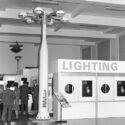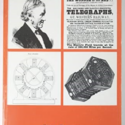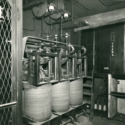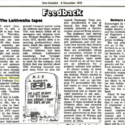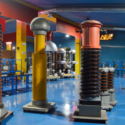Obituary: Brian Peter Bowers (1938–2024)
Article DOI: https://dx.doi.org/10.15180/252307
Abstract
Neil Brown remembers the life and work of Science Museum Curator and Senior Research Fellow Brian Bowers.
Keywords
obituary
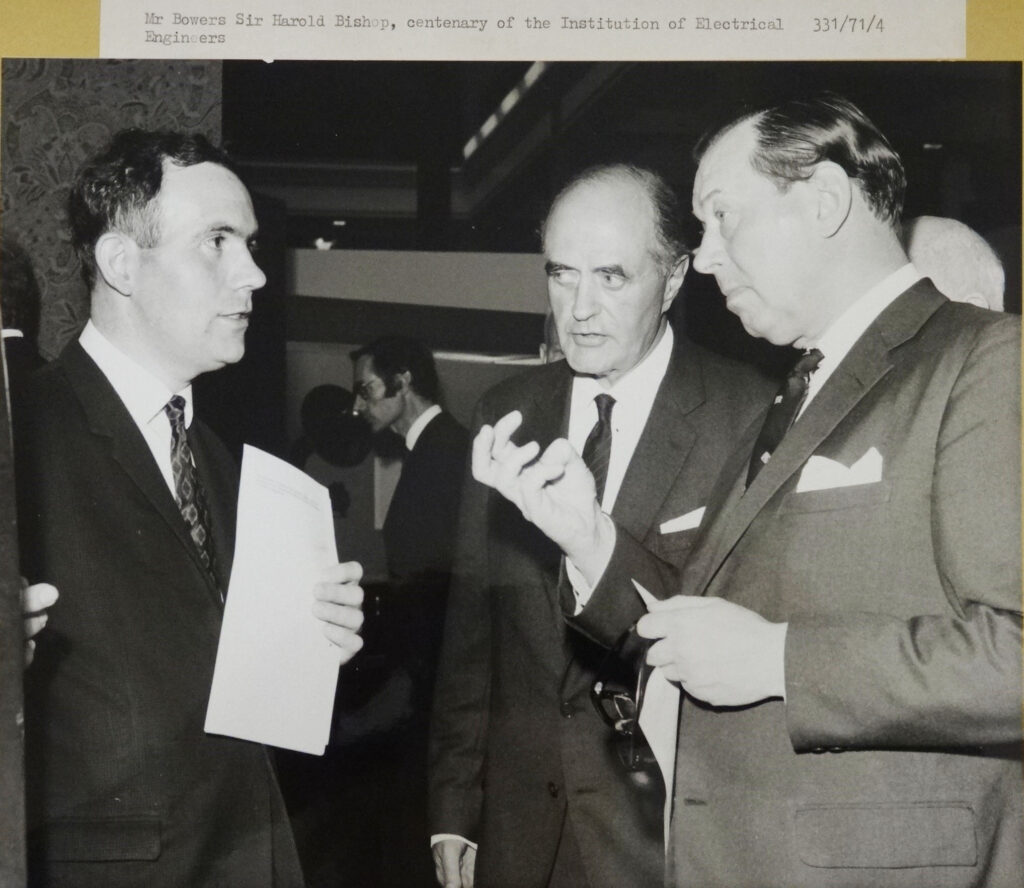
Brian Bowers, who worked at the Science Museum from 1967 until his retirement in 1998, died on 27 April 2024, at the age of 85. Born on 3 September 1938, he went on to study electrical engineering at King’s College London, and worked as a patent examiner before joining the Museum staff. He was appointed as an Assistant Keeper in the Department of Electrical Engineering and Communications and was responsible primarily for the Electric Power Collection, in succession to Margaret Weston who was promoted to Keeper of the new Department of Museum Services and subsequently to Director of the Museum. It was not an easy act to follow. It fell to Brian to clear the Electric Power Gallery she had created in the mid-1950s to make way for the Exploration exhibition which was the Museum’s contribution to the Queen’s Silver Jubilee celebrations in 1977. His major next responsibility was the creation of a new Lighting Gallery, which opened in about 1978 to coincide with the centenary of the introduction of the electric light bulb.
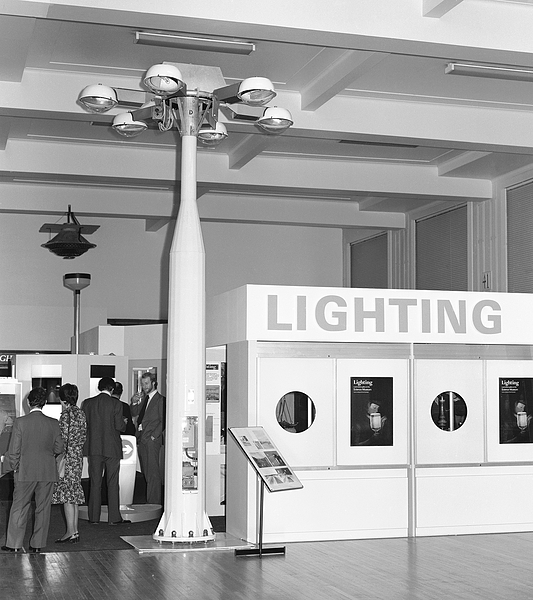
Brian’s natural modesty and discretion belied his value as a curator. He knew his subject and contributed quietly and effectively to the running of the Museum. He was promoted to Deputy Keeper, most probably because of his role as Secretary to the Advisory Council (forerunner of the Science Museum Board of Trustees).
As a graduate of King’s College London, Brian became interested in the life and work of Charles Wheatstone, its Professor of Experimental Philosophy from 1834. Wheatstone’s life and work became the subject of his PhD thesis, which he turned into a biography of Wheatstone, published for the Museum by HMSO (Her Majesty’s Stationary Office), as was normal practice at the time (Bowers, 1975). He was for a while the Museum’s Publications Officer, but he was also active in the Institution of Electrical Engineers (now the Institution of Engineering and Technology) and became Series Editor for its ‘History of Technology’ books, published from 1979 until 2012, in association with the Science Museum, and it was through this link that he was most productive in publishing. He personally contributed A history of electric light and power (1982), ‘Curiosity Perfectly Satisfyed’ – Faraday’s Travels in Europe 1813–1815 (1991), edited jointly with Lenore Symons, Archivist of the Institute of Electrical Engineers, and a revised edition of his Wheatstone biography (2001).
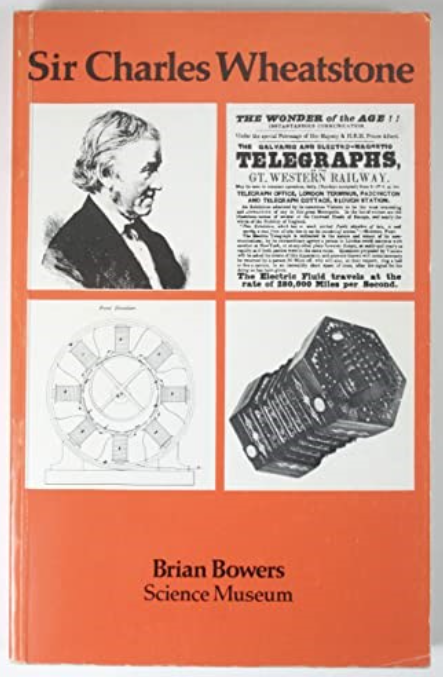
Brian also wrote well for a more general audience, as evidenced by a couple of small books about Michael Faraday (1974, 1991) and Lengthening the Day (1998), a history of artificial lighting published for his retirement. When giving talks on lighting he would sometimes demonstrate a home-made version of an electric arc lamp called a Jablochkoff candle. It was an impressive but somewhat hair-raising display.
Brian stewarded the electrical engineering collections during his thirty-year curatorial career, adding significance and variety to the national holdings. This included a wide variety of electrical cables, some of the finest historic electrical generators, a world-class collection of switchgear and a complete electricity transformer substation, formerly occupying an entire room in the basement of Paddington Great Western Railway station. Brian also acquired a series of ‘linear motors’ built by the prominent engineer Eric Laithwaite.
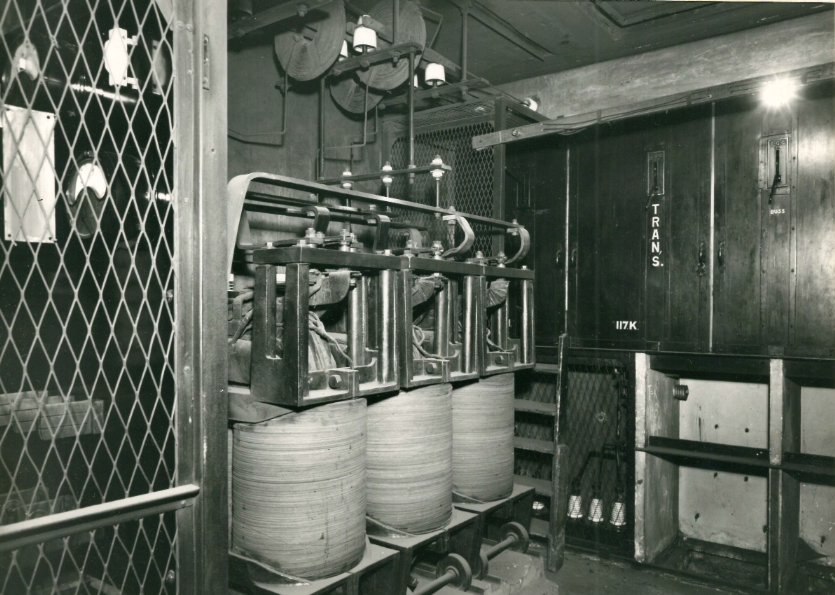
Brian formed a close relationship with Laithwaite, who as Professor of Heavy Electrical Engineering at Imperial College was based next door to the Science Museum. Brian would frequently host Laithwaite and his students at the Museum, demonstrating the historic electrical machines in the collection. The two men shared a mutual interest in the Victorian physicist and inventor Charles Wheatstone. In 1973 Brian made a significant object discovery related to Wheatstone:
In the Physics Department of King’s College London there was a cupboard containing Wheatstone relics […] I found an item of particular interest literally buried under broken telegraphs, concertinas and other things (Bowers, 1975, p 96).
This was a lost linear motor, previously only known through a Wheatstone patent. Laithwaite confirmed it was undoubtedly original and together the two men made it operational (it was a different era of collection care, where historic objects like these were often operated). Brian recognised that this was material proof that Wheatstone invented the linear motor in c. 1840, and it formed a chapter in Brian’s 1975 biography of the scientist. In these and later years, Brian supported Laithwaite as he went through a difficult period in his career, following the cancellation of a major hovertrain project in the UK. The hovertrain was based on linear motor technology that was later exploited in Germany and Japan as Maglev (a term derived from magnetic levitation). In his will Laithwaite left Brian a series of audio tapes detailing his account of the controversial and widely publicised cancellation of the hovertrain project involving then transport minister Michael Heseltine. He was told not to make these public until after Heseltine’s passing. Brian would author Laithwaite’s obituary.[1]
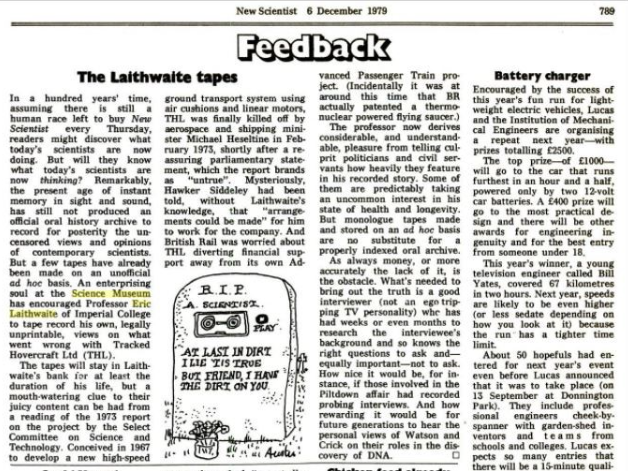
For the Institution of Electrical Engineers (now the Institution of Engineering and Technology) Brian was instrumental in initiating and organising the annual History of Electrical Engineering Weekends, which ran from 1973 for over forty years. Much first-hand, mostly informal but historically valuable material not normally put on record was contained in the papers delivered at these meetings.[2] After retirement he was invited by the Professor of Electrical Engineering in Pavia to help establish a museum of Electrical Technology and he chaired the international planning group. With Brian closely involved for nearly a decade, the Museo della Tecnica Elettrica of the University of Pavia opened in 2007.
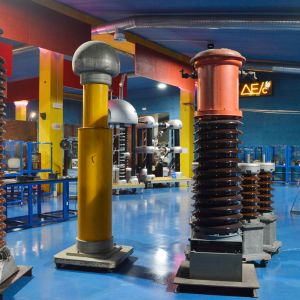
For reasons of health, Brian’s personal life was not entirely easy, but he never let this impinge on his working life. His younger son, Richard, was born with Down’s syndrome, and Brian and his wife Faith spared no effort to ensure he had a good education and became as independent as possible. His elder son, Keith, became a successful tunnel engineer. Brian and Faith were staunch members of the Baptist Church, which gave him much comfort. Brian served on bodies involved in the lay administration of the church, and in 2006 published In trust and by faith: the first hundred years of the London Baptist Property Board Ltd.
A highly knowledgeable and thoroughly reliable curator, hardworking without fanfare, Brian’s contribution to the successful operation and development of the Science Museum was much greater than was immediately apparent.
Acknowledgments
Additional information, research and images were contributed to this article by Science Museum colleagues Oliver Carpenter, Rupert Cole and John Liffen.




